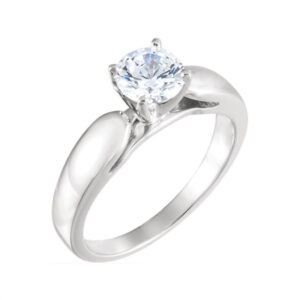Diamonds are the most precious and also the most powerful crystals on Earth—if not in the entire universe. What does that mean when we wear one on our finger?
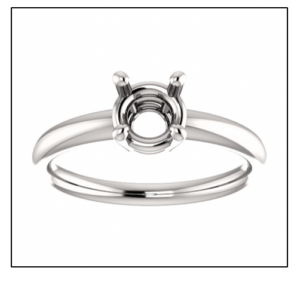
Figure 1: Mounting without metal separating the stone from your finger. We call this an open setting.
In this blog, I’ll describe the three types of mountings and the three categories of diamonds and which should be paired with which.
The type of mounting you choose is as important as whether the diamond is therapeutic or not. If you pair the wrong mounting with a Therapy Diamond, it can draw life-giving energy out of your body.
In our Therapy Diamond Ring Collection, we have carefully chosen certain energetically responsible mountings. I want to show you how to identify these types of mountings so that you can become a more informed consumer.
Types of Mountings / Types of Diamonds
Despite the nearly limitless types of styles available for diamond rings, mountings can be divided into three categories:
- Those that have no metal separating the diamond from your finger (Figure 1).
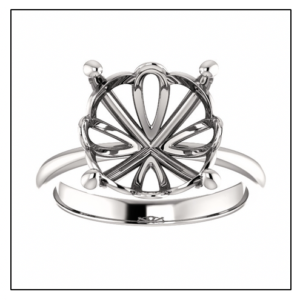
Figure 2: A mounting style that has metal separating the stone from your finger. This is an energetically safe mounting for a Therapy Diamond.
- Those that have some metal (Figure 2).
- Those that completely enclose the lower half of the diamond (Figure 4).
Diamonds can also be divided into three categories:
- Therapy Diamonds. These carry a spectrum of seven color rays. They comprise about 2–3% of all diamonds that also meet clarity parameters.
- Neutral diamonds. These non-therapeutic diamonds carry a variety of different types of frequencies that do not seem to have an affinity with human beings. These comprise the bulk of all diamonds. This category also includes those diamonds that carry only partial spectrums, or whose spectrums are skewed in some way.
- Negative diamonds. These non-therapeutic diamonds carry various types of frequencies that are harmful when touched or held. They comprise about 2–3% of diamonds.
Diamonds Move Energy
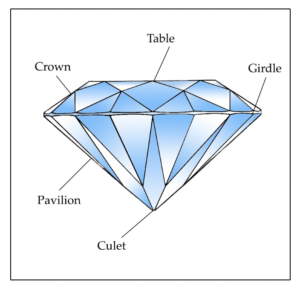
Figure 3: The five parts of a Diamond.
In order to understand why we pair certain types of mountings with certain types of diamonds, you need to know that when cut into a round brilliant shape, diamonds have a particular way of moving energy. This must be taken into consideration when safely mounting them in a ring.
Energy moves in through the diamond’s culet and pavilion, and then radiates out through its table and crown. When mounted in a ring, the energy that come in belongs to the wearer—not necessarily from the wearer’s finger, but from the space that surrounds her.
The energy the diamond radiates is a mixture of the wearer’s energy that has been drawn into the diamond plus the unique frequencies the diamond carries. These could be a color-ray spectrum, neutral energies, or harmful ones.
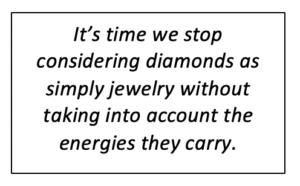 When mounting a diamond in a ring, we want to maximize the color rays that come from the Therapy Diamonds and block the energies that come from the harmful ones as well as possible. For safety’s sake, it wouldn’t hurt to protect oneself from the neutral diamonds too, just in case. When choosing a mounting for a Therapy Diamond, you want to make sure that the mounting prevents your own life-giving energy from getting picked up on this movement, as this can make you feel drained.
When mounting a diamond in a ring, we want to maximize the color rays that come from the Therapy Diamonds and block the energies that come from the harmful ones as well as possible. For safety’s sake, it wouldn’t hurt to protect oneself from the neutral diamonds too, just in case. When choosing a mounting for a Therapy Diamond, you want to make sure that the mounting prevents your own life-giving energy from getting picked up on this movement, as this can make you feel drained.
Rules for Energetically Responsible Mountings
Therapy Diamonds must be mounted in a setting that has metal separating the stone from your finger. This metal prevents the Diamond from drawing life-giving energy out of your body via your finger when you wear the ring.
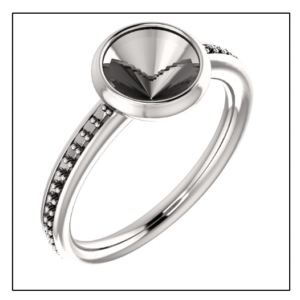
Figure 4: A fully closed setting with a bezel surrounding it.
Here’s why: Therapy Diamonds carry a seven-color-ray spectrum, and human beings require such spectrums for their most essential nourishment. Therapy Diamonds therefore have a special affinity with the body. This affinity makes them ideal for therapeutic applications.
Interestingly, this is not an issue for most diamonds that carry neutral, non-harmful energies. Because they don’t have an affinity with the body, it doesn’t matter if there’s metal underneath them in a setting or not. Because of the lack of affinity, wearing such diamonds in an open setting won’t drain the wearer.
However, unless you are certain that a particular diamond is neutral or therapeutic, you should treat it like a carrier of negative energies just to be safe.
Diamonds that carry disharmonious energies should be carefully mounted to minimize their ability to draw energy from your aura, or move energy at all. Closed back settings, especially those with 360-degree bezels, accomplish this best. This way, the beauty of the stone can be appreciated while the effects of its energies are minimized.
In Summary
- Therapy Diamonds must have settings with metal beneath them.
- Diamonds that are not therapeutic and neutral can be safely mounted in any type of setting.
- Diamonds that carry disharmonious energies, if worn in a ring, should not only have metal beneath them, but be mounted in a setting that has as much metal surrounding it as possible—either a channel or bezel setting—with a closed back.
VIEW OUR ENERGETICALLY RESPONSIBLE SETTINGS
Is My Diamond Disharmonious?
In my next blog, I’ll address the question whether your ring is therapeutic and give you a checklist of signs and symptoms that can suggest your diamond might be disharmonious.
Choose Your Therapy Diamond Ring
Rings are a logical and appealing way to enjoy the benefits of Therapy Diamonds 24/7. You get the exceptional benefits of a healing Diamond without having to learn Diamond Therapy techniques! Once your Diamond is mounted in an energetically safe setting, all you have to do is wear it.
If you’re interested in a Therapy Diamond ring, start by booking a session with our Diamond Concierge, Karie-anne. She’ll answer all your questions and give you personalized, one-on-one help guidance to help you select your ideal Therapy Diamond.

